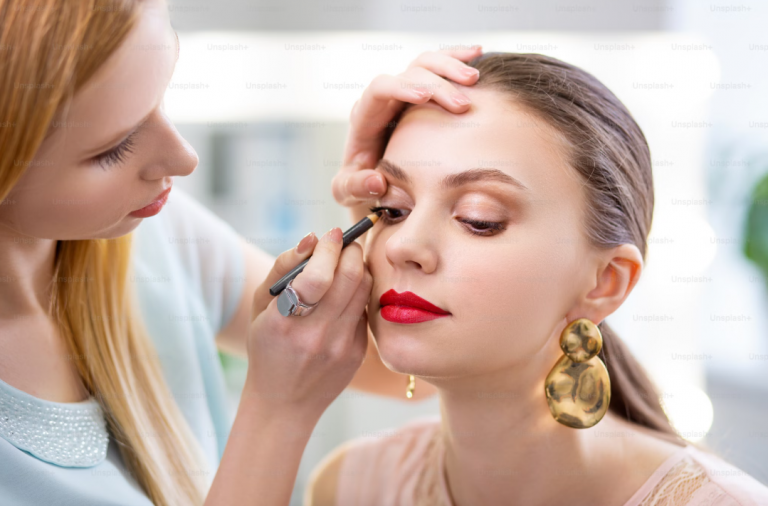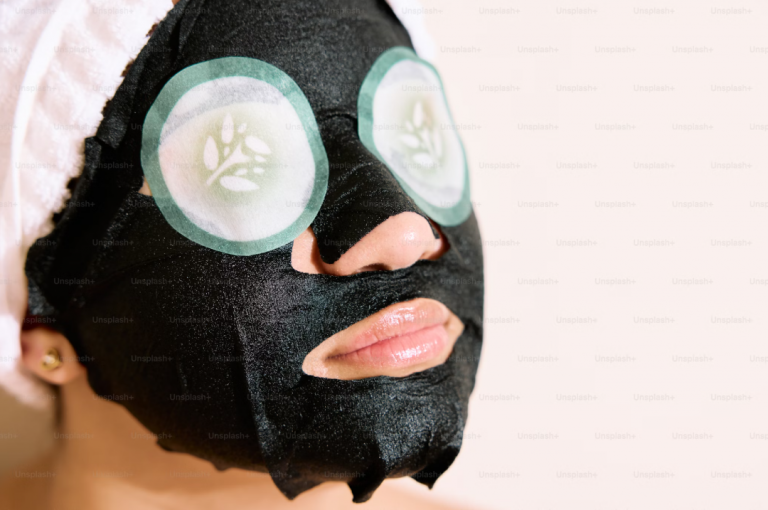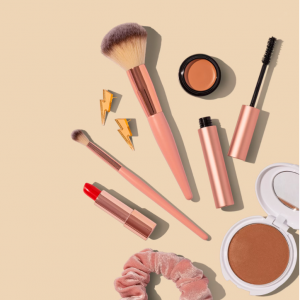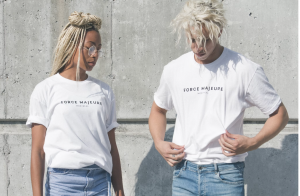Introduction
In the realm of skincare, one aspect often hailed as a hero is sunscreen. Its importance cannot be overstated, especially in today’s world where sun exposure is a daily reality for many. Let’s delve into the world of SPF and sun protection to understand why they are the cornerstone of any effective skincare regimen.
Understanding SPF
SPF, or Sun Protection Factor, is a measure of how well a sunscreen protects against UVB rays, the type of radiation that causes sunburn and contributes to skin cancer. The SPF number indicates the level of protection: SPF 15 filters out approximately 93% of UVB rays, while SPF 30 filters out about 97%.
UVA vs. UVB Rays
UV rays come in two main forms: UVA and UVB. UVA rays penetrate deep into the skin, causing premature aging and contributing to skin cancer development. UVB rays are responsible for sunburn and play a key role in skin cancer formation.
Benefits of Sunscreen
Using sunscreen daily helps prevent premature aging signs like wrinkles, fine lines, and age spots. It also reduces the risk of sunburn and lowers the chances of developing skin cancer, making it a crucial part of skincare.
Types of Sunscreens
Sunscreens can be classified into chemical and physical (mineral) types. Chemical sunscreens absorb UV rays, while physical sunscreens reflect them. Each type has its advantages and suitability for different skin types.
Application Tips
Proper application of sunscreen involves using enough product to cover all exposed areas and reapplying every two hours or after swimming or sweating. Neglecting reapplication reduces its effectiveness.
SPF in Makeup and Moisturizers

While makeup and moisturizers with SPF offer some protection, they may not provide adequate coverage on their own. It’s essential to use dedicated sunscreen products for optimal sun protection.
Mythbusting SPF Misconceptions
Common myths like “dark skin doesn’t need sunscreen” or “SPF above 30 is unnecessary” are debunked. All skin types and tones benefit from sunscreen, and higher SPF provides better protection within limits.
Sunscreen and Environmental Impact
Some sunscreen chemicals can harm marine life and ecosystems. Choosing reef-safe and eco-friendly sunscreens mitigates this impact without compromising protection.
Sun Protection Beyond Sunscreen
In addition to sunscreen, wearing protective clothing, hats, and sunglasses adds layers of defense against UV rays, especially during peak sun hours.
Choosing the Right SPF
Factors like skin type, sun exposure duration, and outdoor activities influence the choice of SPF. Dermatologists recommend SPF 30 or higher for daily use and higher SPFs for extended outdoor activities.
Sunscreen for Children and Sensitive Skin
Children and individuals with sensitive skin require special sunscreen formulations that are gentle yet effective. Physical sunscreens with zinc oxide or titanium dioxide are often recommended.
Importance of Year-round Sun Protection
UV rays are present year-round, even on cloudy days and during winter. Incorporating sun protection into daily routines safeguards against cumulative sun damage.
SPF in Different Environments
Different environments necessitate adjustments in sun protection strategies. Beachgoers need water-resistant sunscreens, while those in urban areas benefit from antioxidants alongside SPF.
Conclusion
Sunscreen and sun protection are non-negotiable aspects of skincare. By understanding SPF levels, choosing the right products, and adopting comprehensive sun protection measures, individuals can safeguard their skin’s health and beauty for years to come.












+ There are no comments
Add yours